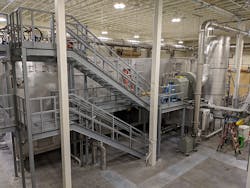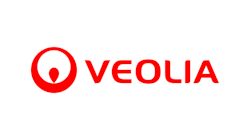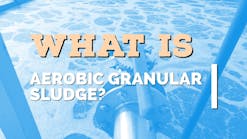The Client’s Needs
The City and Bureau of Juneau (CBJ) operates three wastewater treatment plants in the Southeast Alaska area. The CBJ produces approximately 7,000 wet tons of dewatered biosolids each year. These solids are hauled 1,300 miles via truck, barge, and train to the Columbia Ridge landfill in Arlington, Oregon. Historically, CBJ has incinerated the biosolids generated at each plant. Since the fluidized-bed incinerator at the Juneau-Douglas WWTP was decommissioned in 2011, CBJ has been landfilling all of its dewatered biosolids. The transport of biosolids from CBJ poses multiple risks and costs. CBJ faced uncertainty over environmental regulations and acceptance by the landfills and haulers, had historical complaints of odors from neighbors near the Capital Disposal landfill in Juneau, leaking shipping containers, annual hauling costs, and continued exposure to fuel price volatility risks.
The Solution
The Juneau area poses some unique geographical challenges that point toward a general need for more established and reliable technologies. These challenges include a relatively remote location, limited transportation options that may result in delayed shipments for equipment, an unpredictable climate, and lack of specialized support services. Considering these factors, CBJ project team members agreed to find a stable, long-term biosolids disposal solution. The solution must also adhere to the EPA guidelines for established or innovative technologies.
Veolia’s BioCon™ medium temperature belt dryer was selected and meets CBJ’s four guiding principles for selection. The Class A EQ designation provides pathogen reduction and in turn diversifies the range of end uses. The permissible end uses can range from simple reuse as cover material at the landfill to fertilizer on community-wide sites and parks, to erosion control and topsoil replacement, all of which are ultimately aimed to benefit the community. These options also offer the potential for a significantly lower cost end-to-end compared with shipping wet solids a significant distance to a landfill.
CBJ biosolids are well under both the EPA ceiling and EQ limits for metals. In order to be eligible for public distribution as lawn and garden fertilizer and be declared EQ, biosolids must meet additional criteria for pathogen elimination, vector attraction reduction and total solids content. Requirements for reuse may vary by state.
Process Description
The BioCon™ dryer is designed for 36 wet tons per day and will produce 5.5 tons of dried product,. That equates to an 85% reduction in volume and weight. This reduction will have a positive impact on the community with less truck traffic, emissions, noise, and costs.




